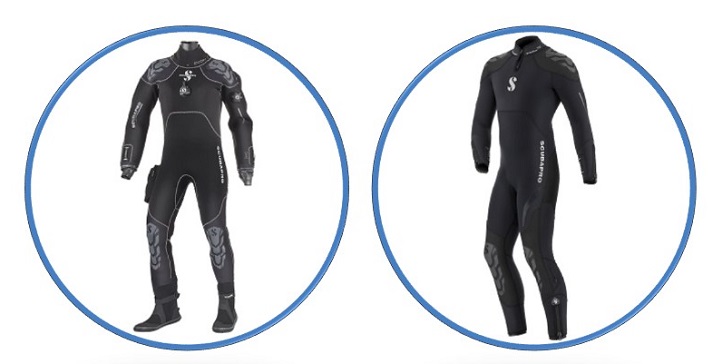If you’re new to open water swimming, triathlons, or even ocean pool training, one of the most common questions you’ll hear is: “Do swimming wetsuits keep you dry?” The short answer is no—but there’s more to it than that.
In this blog, we’ll explain how swimming wetsuits work, why they don’t keep you dry, and why that’s actually a good thing when it comes to staying warm and performing well in the water.
What Is a Swimming Wetsuit?
A swimming wetsuit is a specialised piece of gear made from neoprene, a type of synthetic rubber that provides insulation, buoyancy, and flexibility. Unlike surfing wetsuits, which prioritise durability and warmth during idle periods in the water, swimming wetsuits are engineered for mobility and performance—particularly in the arms, shoulders, and hips.
They’re widely used in:
- Open water swimming
- Triathlons
- Ocean pool training
- Snorkelling and adventure swims
No, Wetsuits Don’t Keep You Dry
Despite the name, a wetsuit doesn’t keep water out. In fact, it’s designed to let a thin layer of water in. Once you enter the water, this layer fills the space between your skin and the inner surface of the suit. Your body quickly warms this water, and it becomes a barrier that helps retain heat.
This is why they’re called wetsuits—not drysuits (which are used in diving or very cold-water activities and are fully sealed to keep water out).
How Swimming Wetsuits Keep You Warm (Even When Wet)
The neoprene in swimming wetsuits is filled with tiny air bubbles. These bubbles act as insulation, reducing the amount of heat lost to the surrounding water.
Here’s how it works:
- A small amount of water enters the suit.
- Your body heats the trapped water.
- The neoprene slows the loss of this heat.
- The suit holds the warm water close to your skin, reducing further water movement inside the suit (also known as flushing).
The result? Your body stays warmer for longer—even though you’re wet.
Why This Design Is Ideal for Swimmers
Letting a small amount of water in might seem counterintuitive, but this design has important benefits:
- Improved comfort: A completely dry suit would need to be airtight and stiff—making it hard to move and uncomfortable to swim in.
- Flexibility: The thin, stretchy neoprene used in swimming wetsuits allows for full range of motion, especially in the shoulders and hips.
- Buoyancy and body position: The neoprene helps lift your body in the water, improving your swim efficiency and reducing fatigue.
- Temperature regulation: Trapped water warms quickly, helping prevent cold shock and hypothermia in cooler conditions.
Drysuits vs Wetsuits: What’s the Difference?
While wetsuits let water in and rely on neoprene for insulation, drysuits are completely waterproof and are typically used for:
- Cold water diving
- Prolonged immersion in icy conditions
- Industrial or rescue operations
Drysuits are bulkier and often require thermal layers underneath. They are not commonly used for recreational swimming or triathlons because they restrict movement and are not streamlined for performance.
Caring for a Wet Wetsuit
Since your wetsuit will get wet every time you use it, proper care is essential:
- Rinse it with fresh water after each use
- Hang it inside-out to dry in a shaded, ventilated area
- Avoid prolonged sun exposure or heat, which can damage the neoprene
- Store it flat or hanging to avoid creasing
Conclusion
So, do swimming wetsuits keep you dry? No—and they’re not meant to. Instead, they allow a thin layer of water in, which your body warms and the neoprene insulates. This is what makes wetsuits so effective for maintaining warmth, buoyancy, and swim performance in open water.
If you’re planning to swim in cooler conditions, a wetsuit is one of the most important pieces of gear you can own. It won’t keep you dry—but it will keep you comfortable, warm, and safe while you’re in the water.

